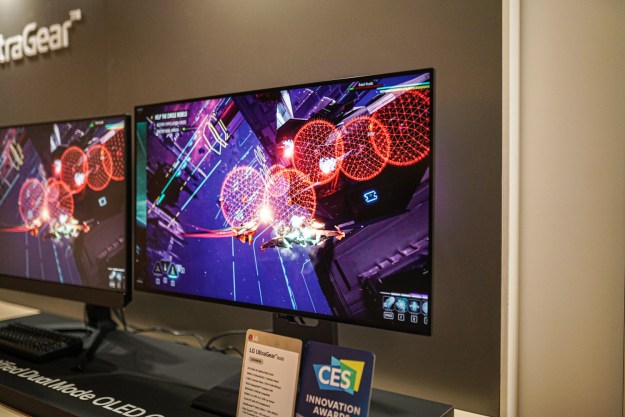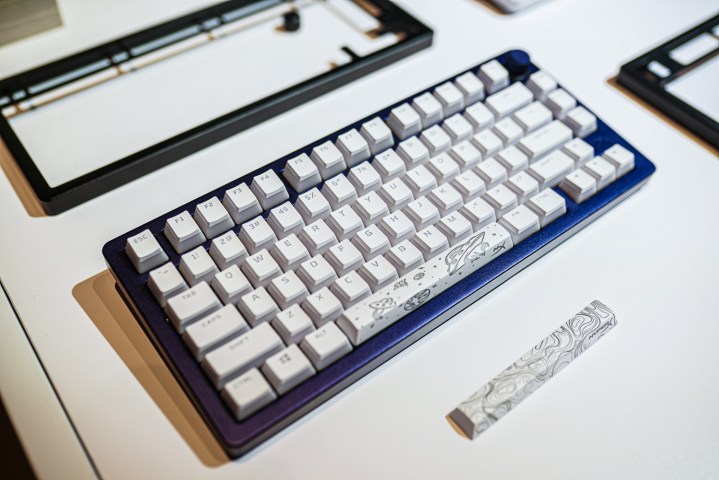
HyperX isn’t the first name you think of when it comes to the best gaming keyboards, outside of a few standout budget offerings. But the new HyperX Alloy Rise range will probably change that.
Taking cues that brands like Asus, the HyperX Alloy Rise brings some much-needed enthusiast flair to gaming keyboards. The two models sound and feel great, and they come with some unique customization options that only a brand like HyperX could pull off.
I had a chance to try out one of these keyboards before CES 2024, and it might be the go-to gaming keyboard in 2024. Here’s why.
Doing things different
A big reason why the Alloy Rise is so impressive is the keyboard itself (go figure). It’s a mechanical keyboard, but HyperX made two very important decisions with the design. First is that the keyboard features hot-swappable key switches. HyperX offers linear and tactile switches out of the gate, which are fine. That doesn’t matter with hot-swappable switches, though.
Grab a cheap set of Akko Wine Reds or go crazy with some high-end Gateron Oil Kings — it’s up to you. With a hot-swappable design, you’re free to trick out the keyboard how you see fit, customizing the sound and feel for a better typing and gaming experience.
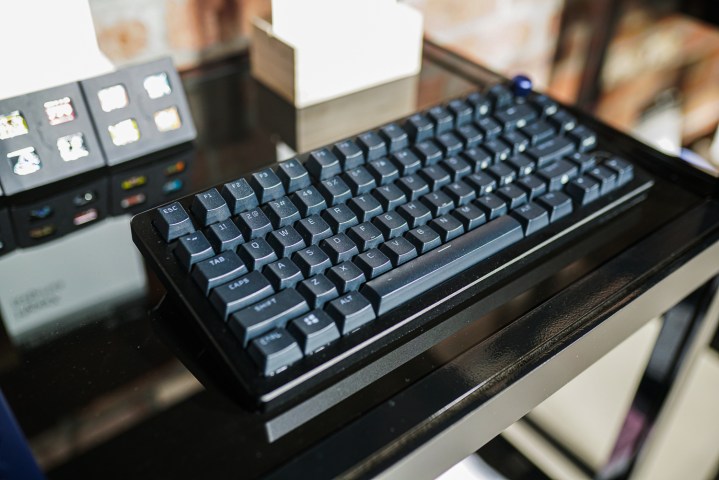
The stock switches aren’t bad, but they definitely feel like stock switches. The saving grace for the Alloy Rise is that it uses a gasket mount. Most gaming keyboards use a top mount. The switch plate is mounted to the outer shell on top, providing a harsh and annoying clack. Gasket mounts place a small gasket between the plate and the frame. There’s a small amount of give when you’re slamming away on the keyboard.
It makes a huge difference for the sound and feel of a keyboard, and sure enough, HyperX’s Alloy Rise definitely sits in that more premium category. It’s not too behind the Glorious GMMK Pro, which is the unofficial first step into the world of enthusiast mechanical keyboards. It’s also not far off the Asus ROG Azoth, which floored me when I first tried it last year.
Unique customization
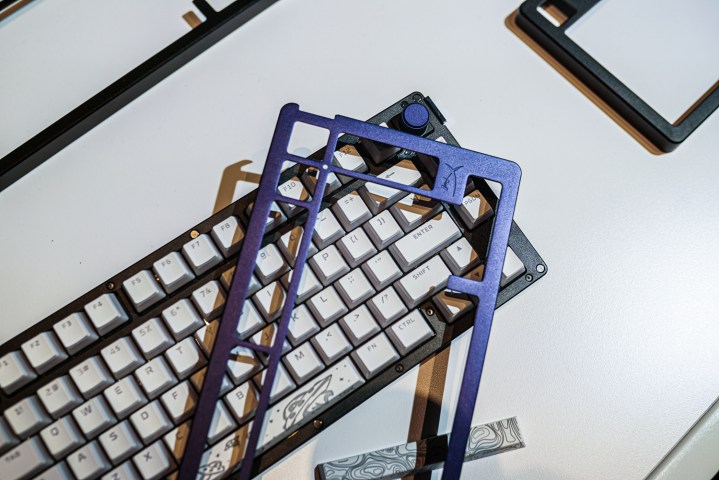
HyperX has a few unique advantages, and that comes down to customization. The GMMK Pro offers different colors for the shell, which involves about 45 minutes of patience while you disassemble and reassemble the keyboard. HyperX has different shell colors as well, but you can swap them out in a matter of seconds.
There are two kits available at launch — navy and white — but HyperX will presumably release more over time. The aluminum shell snaps onto the keyboard with magnets, and you can simply pop the rotary knob off to replace it with a color that matches. During my demo, I popped the shell on and off probably half a dozen times in the matter of a minute.
As someone who’s gone through the process of a shell swap on the GMMK Pro, it’s hard to overstate just how convenient the system HyperX has is. The magnets are very strong, too. I wasn’t even aware you could snap off the shell until a HyperX representative came over and showed me. I was convinced it was all screwed down.
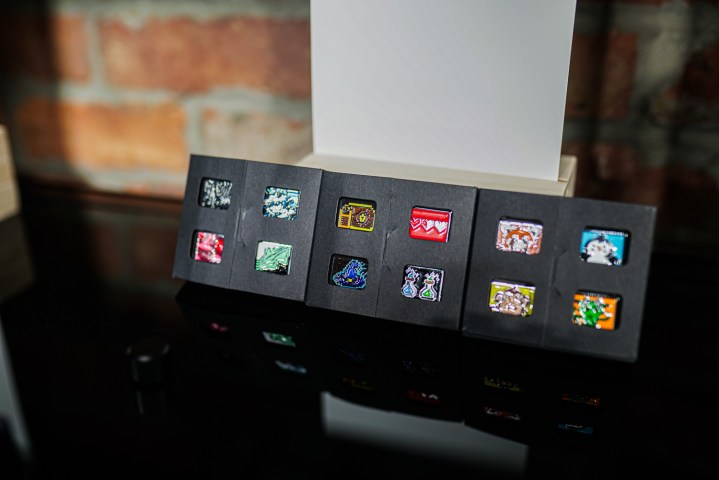
Outside of the shell, HyperX is also offering a magnetic badge. These slot in next to the metal volume knob, and they’re magnetic, so you can change them out. Out of the gate, HyperX has three kits available, and although they don’t fundamentally change the keyboard, they add a nice bit of personality.
One lingering question
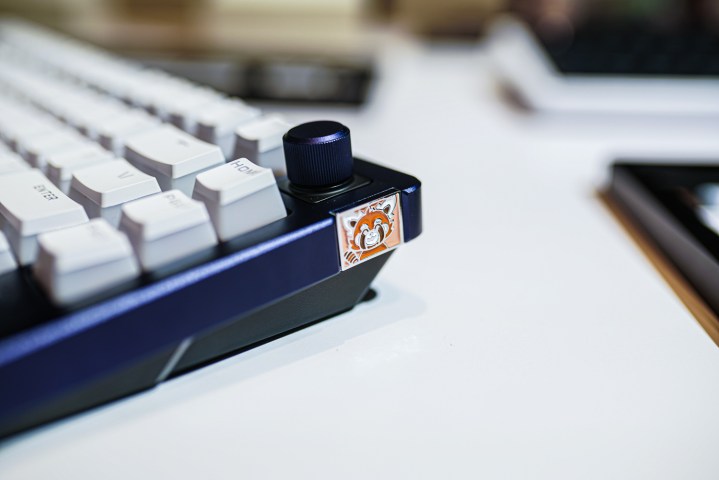
From a feel and sound perspective, HyperX has it nailed with the Alloy Rise. Price is the only potential issue. This is a wired keyboard without Bluetooth or low-latency 2.4GHz, and HP is offering it in a 75% version for $170 and full-sized for $200. That’s competitive compared to the Asus ROG Azorth, which runs $250 for a 75% layout (though it includes wireless).
Still, saving $80 and only sacrificing wireless is a solid trade-off. The Alloy Rise sounds and looks great out of the box, and it has all of the tools available for you to make it your own.
Editors' Recommendations
- HP launches a new gaming laptop and HyperX accessories
- Qualcomm just made some bold claims about gaming on ARM PCs
- This smartphone company made a shockingly small watercooled gaming PC
- This limited-edition SteelSeries keyboard could have been so much better
- Anything is possible in this new era of gaming monitors





